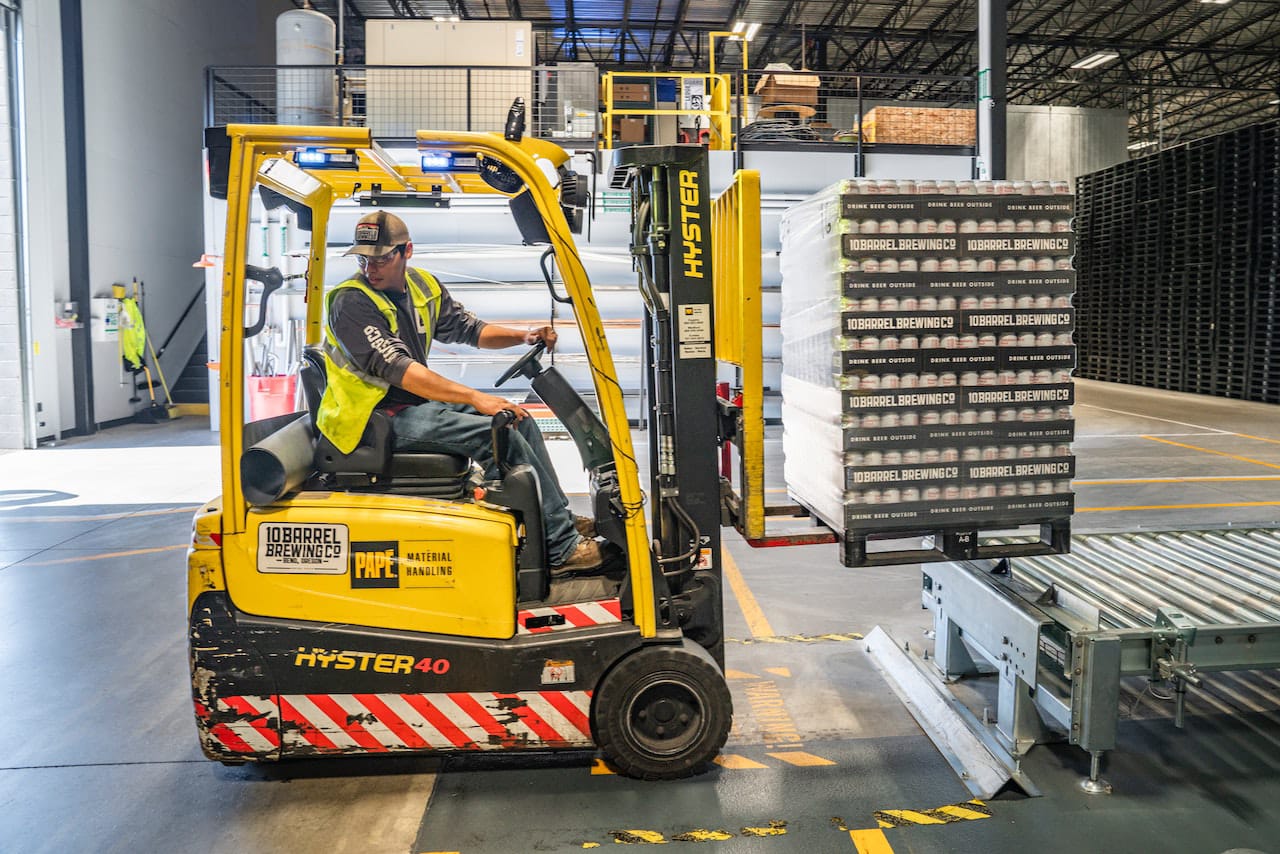Warehouses are filled with activity, from machinery rumbling to workers’ hustle and bustle. It indicates production, but it also offers potential threats. That is why employee safety has never been more important. This 2023 and beyond, warehouse safety will remain a hot topic as the lessons from the previous outbreak are still fresh in everyone’s minds.
By adopting safety innovations, warehouse managers may reduce hazards and ask for help from a Peterborough injury lawyer while increasing employee morale and productivity. Let’s take a look at what’s new and interesting in warehouse safety and how embracing these trends may help you avoid difficulties and set your team up for success.
Table of Contents
1. Automation and Robotics
The rise of e-commerce and the need for quick, accurate order fulfillment have fueled the usage of automation and robotics in the warehouse. AGVs and robots can handle risky or physically demanding activities, decreasing human error and weariness. According to one research, by 2026, 75% of big firms will have used smart robots in their warehouse operations. These advancements improve precision and speed but necessitate additional safety regulations and training to control dangers such as potential worker accidents.
Drones are also emerging as a major changer in inventory management, including picking, packaging, and delivery. When used with cameras and sensors, drones may replace tedious jobs and process photos remotely.
2. Wearable Equipment
Keeping track of safety in a fast-paced warehouse might be difficult. Wearable smart technologies like glasses, watches, and helmets can help.
Take, for example, smart glasses. They enable workers to swiftly identify objects with their integrated scanners, lowering the possibility of errors. However, it is not only about precision and efficiency. Wearables may also track where your employees are in the warehouse, their vital signs, and the air quality surrounding them. They are capable of detecting early indicators of weariness or possible injury. Furthermore, they will provide you and your workers with real-time feedback and notifications if anything appears off.
By combining cutting-edge technology, this specialized approach to safety is changing how businesses care for their employees. Warehouses may develop a more proactive safety culture by purchasing these innovative gadgets.
3. AI and Data Analytics
Artificial intelligence (AI) may spot trends that people may miss. Gathering data from technologies such as robots, drones, and wearable devices foresees and avoids issues before they occur (a method referred to as predictive analytics).
Consider a busy warehouse where forklift rear post in Toronto and workers are always in motion. AI can study patterns to determine whether a certain route is prone to near accidents. It can then provide suggestions for adjustments to the layout or timetable to avoid possible mishaps.
4. Technology + Teamwork
Warehouse safety extends beyond electronics. It’s all about following the rules and cooperating. Regular discussions regarding safety standards, with practical demonstrations and the use of modern tools, assist in bringing everyone on the same page, including security guards in Toronto. It is about ensuring that technology and training work in tandem to safeguard everyone on the team.
5. The IoT Warehouse Technologies
In the coming year, businesses will deploy increasingly more Internet of Things (IoT) sensors and linked devices. IoT devices have a network connection and interact with one another and central administration systems, where humans may better control them. Furthermore, IoT business networks may gather vast amounts of operational data, which can be used to provide fresh insights into how your company operates.
IoT sensors can assist you in detecting and responding to problems as they arise. Smart storage lockers, for example, feature a sort of IoT sensor network known as content surveillance. Wireless RFID and USB sensors monitor locker equipment and ensure that users take and return the proper goods. If the locker detects a missing kit component during a transaction, it may notify the user or their manager immediately.
6. A New Focus on Warehouse Worker Safety
One of the few good outcomes of the epidemic of COVID was a renewed concern for job-related health and safety. Many companies recognize the need to preserve their employees’ well-being further and will seek innovative ways to do so in 2023.
Shipping and distribution have a reputation for poor workplace safety, which is unjust in the case of many companies that go out of their way to safeguard their employees whenever possible. Even these organizations find it challenging to supervise employees working alone or in remote places. If someone falls or injures themselves in faraway stacks at huge distribution facilities, it might take hours for someone to discover them.
When direct supervision is not practicable, lone worker safety solutions track isolated workers and help assure their safety. They can also function as an alarm system, allowing isolated personnel to call for help if they discover a problem. In 2023, major facilities wanting to improve employee well-being and make them more productive in their professions will search for new health and safety technologies, such as lone worker safety systems.
That is what experts predict for warehouses and shipping facilities in the coming year. So, look for an opportunity that might assist your business in generating the most value. Work on those first, then move on to the rest as time allows. You don’t have to accomplish everything, but your business center will be prepared for 2024 and beyond if you keep moving forward.

